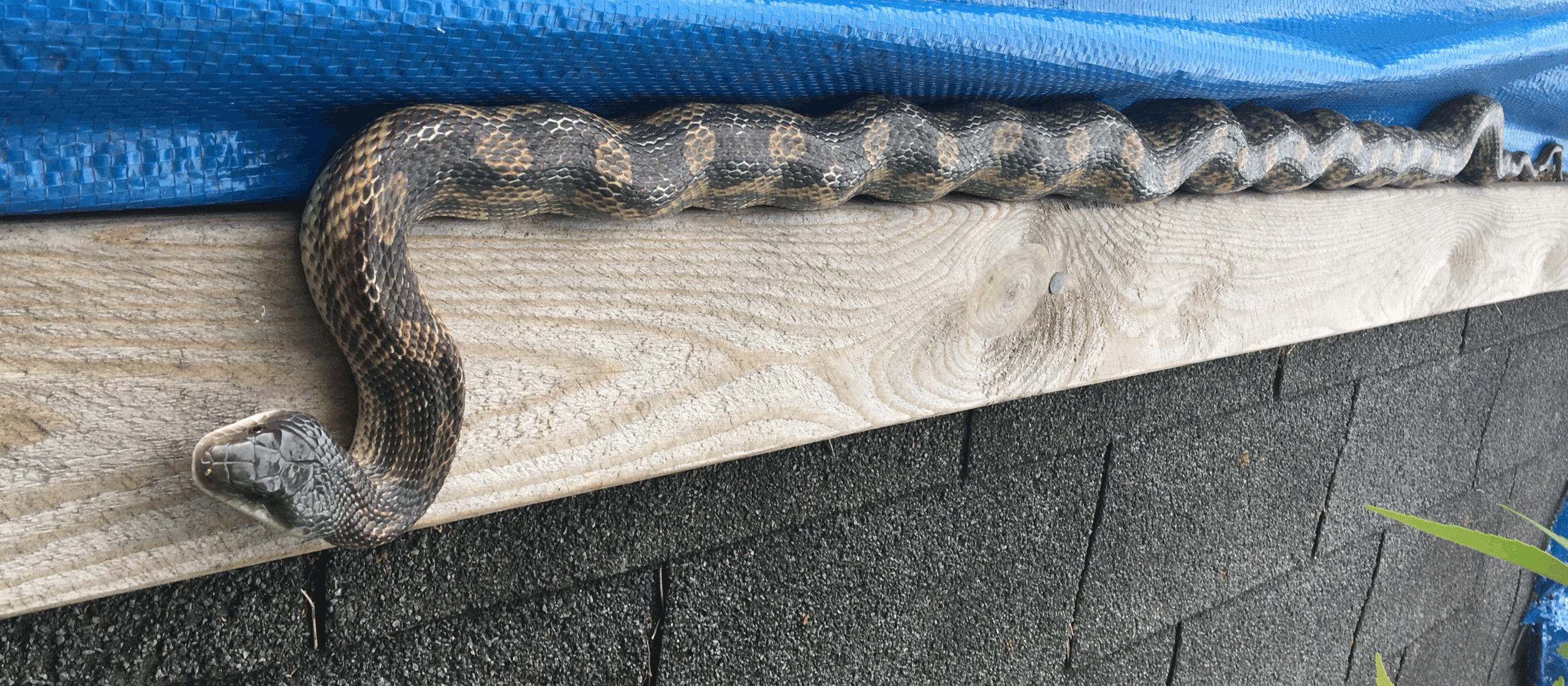
As we continue our recovery from Hurricane Harvey, on a Sunday in late March 2018 I was on the roof finishing the removal of a large blue tarp that had been keeping our roof from leaking during rains. I had to remove and replace it because our insurance company required me to pull it up for inspection. Yes, seven months after the hurricane we still are dealing with our insurance company on roof replacement.
So, the week before an inspector and I climbed a ladder onto the roof. Once up there, I removed 1″ x 4″ boards holding the large tarp in place and pulled the tarp up so the inspector could examine the damage. He took photos and we climbed down. Unfortunately, this process damaged the tarp.
Susie, my wife, ordered a replacement tarp, which got here at the end of the week. Heavy rains were forecast for midweek, and looking at wind forecasts, it appeared my only chance of replacement was Monday morning before 10:00 am. It’s not fun to work with a 50’ x 40’ tarp in 20 mph winds. So, I spent my Sunday removing the damaged tarp.
Near the peak of the roof I was sitting and prying up a 1″ x 4″ board holding down the edge of the tarp when I glanced to my left. There sprawled a roof snake, actually a Texas Rat Snake (Elaphe obsoleta lindheimeri), one of our most common non-venomous snakes. He was calm, so I called to Susie to climb a ladder and take photos. She did. I then fetched her phone, returned to the peak where the snake remained, and took close up photos. Afterwards, I convinced him to move along. He slithered to the roof’s edge and snagged a wind-blown branch of an Arizona ash tree (Fraxinus velutina) and climbed away. Texas Rat Snakes are excellent climbers. I’ve watched them scale vertical brick walls. Our back porch is festooned with their shed skins, which they crawl out of while hunting Mediterranean geckos (Hemidactylus turcicus) and American chameleons (Anolis carolinensis) living there.
There are no dull days on the farm.


Leave a Reply